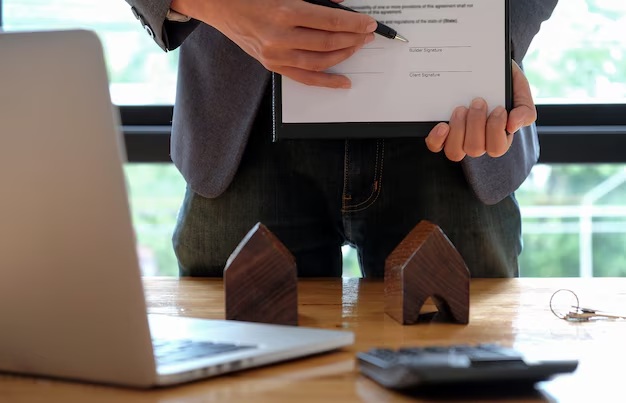Construction sites are full of dangers. With heavy machinery, scaffolding, and busy workers, accidents happen often. According to the Occupational Safety and Health Administration (OSHA), nearly 1 in 5 worker deaths occur in construction. So, if an injury happens on a construction site, who is responsible? Understanding premises liability cases helps answer that question.
In this blog, we’ll look at the parties who may be responsible for accidents on construction sites, the role of premises injury lawyers, and how to understand these legal issues.
What is Premises Liability?
Premises liability is when property owners or anyone in charge of a property are responsible for keeping it safe. On construction sites, this means making sure the area is safe for workers and visitors. If someone gets hurt because the property wasn’t safe, the responsible parties may be held liable.
Key Responsible Parties on Construction Sites
Construction sites have many parties involved. Here’s who could be responsible for injuries:
1. Property Owners
The property owner is usually the main person responsible for safety on a construction site. They must make sure the site is secure and free from dangerous conditions. If someone is injured because of unsafe conditions, the owner could be held liable. For example, if the owner doesn’t provide proper safety signs for dangerous areas, they may be at fault in a premises liability case.
2. General Contractors
General contractors manage construction projects. They oversee daily operations and ensure safety rules are followed. If they fail to address hazards, train workers, or follow safety guidelines, they could be held responsible for accidents. For example, if scaffolding is set up poorly and a worker is hurt, the general contractor could be held liable.
3. Subcontractors
Subcontractors are hired by general contractors to handle specific jobs, like plumbing or electrical work. They also have a duty to keep their part of the site safe. If a subcontractor leaves tools on the ground or doesn’t secure equipment properly, they could be held responsible for any injuries caused.
4. Equipment Manufacturers
Construction sites use heavy machinery and tools, like cranes and bulldozers. If someone is injured because of faulty equipment, the manufacturer may be liable. For example, if equipment malfunctions due to a design flaw and causes harm, the company that made the equipment could be sued for product liability.
5. Workers
Sometimes, workers can also contribute to accidents. While workers are usually covered by workers’ compensation, they may be held responsible if their actions cause harm to others. For example, if a worker fails to follow safety rules and causes an injury, they might be partially liable. However, this usually doesn’t apply to their own injuries unless they were grossly negligent.
How Liability is Determined?
Several things help determine who is responsible for an injury on a construction site:
- Negligence
Negligence is when someone fails to act responsibly and causes harm. For example, if someone doesn’t properly maintain equipment, doesn’t follow safety rules, or doesn’t warn others about dangers, they could be considered negligent and held liable for the accident.
- Duty of Care
Each person on the construction site has a duty to keep it safe. Property owners, contractors, and subcontractors must ensure that the site is safe. If they fail to meet their duty, they may be held responsible for injuries.
- Causation
To prove liability, it must be shown that the responsible party’s actions directly caused the injury. For example, if poor scaffolding caused someone to fall, the contractor or property owner may be held liable, depending on who was responsible for the scaffolding’s setup.
What to Do After an Injury?
If you’re hurt on a construction site, it’s important to take the right steps:
1. Get Medical Help
Your health should be your first priority. Even if you think the injury isn’t serious, it’s important to see a doctor. This helps create a record of your injury and provides proof for your case.
2. Report the Incident
Tell your supervisor, the property owner, or the safety officer about the injury. Make sure to document all the details and file an accident report.
3. Collect Evidence
Take photos of the scene and any dangerous conditions that caused your injury. If there are witnesses, get their contact information. This evidence can help support your case.
4. Talk to a Lawyer
Consulting with premises injury lawyers is crucial if you want to understand your legal options. A lawyer can help you figure out who is responsible and guide you through the legal process.
The Bottom Line
Injuries on construction sites are common, and many parties could be responsible. Premises liability cases help determine who should be held accountable. If you are hurt on a construction site, it’s important to seek legal advice to ensure you get the compensation you deserve. Talking to premises injury lawyers can help you understand the next steps and navigate the legal process.



